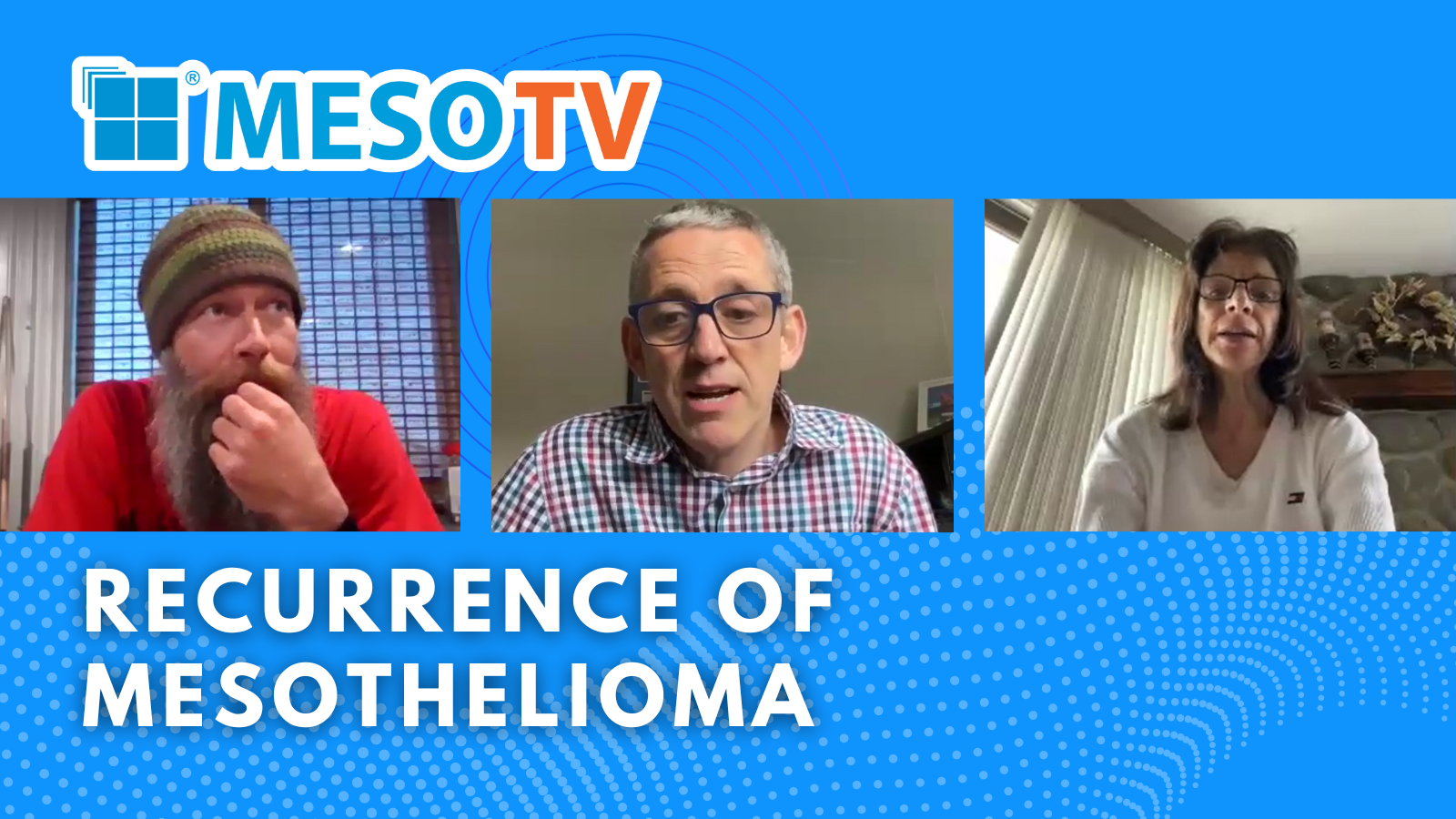by Christopher Graham
Your day gets going pretty early when you’re the first case on the schedule. Surgery usually tries to start their first case by about 7:30 AM, and so we had to be at the hospital at five or so in the morning. There’s actually a lot to do before surgery. The first thing you do is register at the front desk – they have to make sure they have your address and insurance information so they can send you the bill. They’re really good at that part[ref]Sometimes, they’re too good at that part. I’ve had my insurance improperly billed multiple times throughout this affair, and often it takes multiple phone calls to resolve these sorts of issues. It’s to the point where I honestly think that insurance companies “accidentally” screw up the billing (in their favor of course) just to see who’s paying attention. Because a lot of people aren’t, and it’s a lot easier to just pay the bill rather than argue with these companies.[/ref]. And, you get your wrist band. They give that to you right away, too. That’s your ticket to getting stuff done. Without it, they can’t give you medicine, or do your procedure, or even be sure you are who you say you are. From now on, when people meet you, they’ll all want to see your wrist band. That’s your identity now. It also immediately tells you, and everyone else around you, what your role is in this whole ordeal: the patient. And some crazy stuff is about to happen to you.
I was the first case of the day, so the nurse was ready almost right away, and I didn’t have long to wait to get taken back to the pre-op holding area. I said goodbye to everyone, except Nicole who was coming back with me, and told them that I loved them. I also made it clear that if I had a horrible anoxic brain injury[ref]“Anoxic brain injury” means that your brain was deprived of oxygen for long enough that parts of your brain start dying. People can get anoxic brain injuries during surgery, or even routine anesthesia. It’s not common, but it does happen. That’s why we don’t just operate on people willy-nilly, or put them all the way to sleep if we really don’t have to. It, like all medical procedures, carries risk of serious bodily harm.[/ref] from the surgery, that they were to pull the plug. My mom didn’t care for that kind of talk, but I have no desire to be a vegetable. I’d urge all of you to think about what you would and wouldn’t want done in those kinds of situations, and to tell your loved ones. You’d be really surprised how many people have no idea what their parents or spouse want to have done for them, when they can’t make decisions for themselves.
Anyway, once you get to your pre-op holding bay, it’s straight to business. They hand you a folded up sheet with a hole in it and some snaps on the top to make sleeves[ref]Okay, so, one of the things I realized after the second surgery was over and I was editing the book, is that the gown you get in the OR is actually a disposable paper gown. You get the standard issue patient uniform gown in the recovery room after surgery. But, the rest of my comments stand as written![/ref]. You’re supposed to take off all your clothes and put on that sheet. They call it a “gown,” but that’s an insult to respectable gowns everywhere. This is a mere glorified sheet. And they all have that same weird pattern on them – that white-ish, patterned background with blue and/or green diamonds on the thing. Why do they all look like that? Who decided that was the patient uniform? Are all patient gowns cut from the same cloth, as it were? I contemplated such questions briefly as I felt the breeze on my bare ass. Couldn’t these things be just a bit longer?
They didn’t give me a whole lot of time to ponder these particular mysteries of life. Once I got changed, it was game on. A stream of people will come in and out of your room before you get wheeled back. In fact, you’ll also meet probably five or six people before you talk to your actual doctor. You’ll tell those five or six people the same story, over and over. You’ll verify that, in fact, you have no known drug allergies (NKDA) and you’ll go over your list of medications, right about five or six times. They also ask you a million questions, and they have to ask all the same questions to everybody. Did I fall at home? No. Did I feel safe at home? Yes. Did I have a pacemaker? No. You get the picture. After a while of this game, you just want to scream “no, dude, I’m an otherwise healthy 32-year-old man! I haven’t had a stroke in the past. Every answer is ‘no.’” That’s what you want to say. Instead, you say “no” 75 times.
Eventually, the anesthesiologist came in. One of the things I can tell right away is how carefully they read the chart before they come to talk to me. The ones who do more than a cursory review of the labs all know I’m a doctor – my surgeon and medical oncologist both put it in their notes. The ones who just need to make sure all the labs are okay really don’t have to dig deep down into the medical history. I’m not saying they’re not doing their job by any means. Sometimes, you don’t need to know all the intricate details of a patient’s history to get the job done. And as the type of doctor who does a lot of procedures, I understand that as well as anyone.
But it’s always a bit amusing to drop the old, “yeah, I understand most of this. I’m actually a physician” line after they’ve spent 2-3 minutes talking to you like they would any other patient. They actually seem kind of relieved, in a way, to hear that. It’s like, all of the sudden, they’re not worried that I don’t understand what they’re saying. And we can use our $10 doctor words. It’s a bit of a double-edged sword, though. The actual “explanation” part gets really short. I basically understand all the risks, right? Sign here please. Though, honestly, I did understand the risks, benefits, and alternatives, at least for the most part. I’ve seen CT scans on a lot of post op complication patients. Bowel obstructions. Bowel immobility (ileus). Bleeding. Brain injury. Abscesses[ref]Abscesses are organized collections of pus which develop from a combination of bacteria (dead and alive) and white blood cells – the ones the fight infections – (dead and alive). You can give someone with an abscess IV antibiotics until the cows come home, but it won’t cure them of their infection. The antibiotics can’t penetrate into the abscess. You have to remove the source of the infection, either with an image-guided (CT or ultrasound) percutaneous (through the skin) drain in IR, or a surgery to “wash out” the abscess.[/ref]. Fistulas[ref]Fistulas are abnormal connections. They’re named by what’s abnormally connected to what. Example: enterocutaneous (EC) fisutula. “Entero” means bowel. “cutaneous” means skin. An EC fistula is an abnormal connection between the bowel and the skin. So, a place where poop can come through the skin. You can have all kinds of fistulas. Enteroentero (small bowel to small bowel), gastroenteral (stomach to small bowel), gastrogastric (if someone has a bypass, the bypassed stomach to the not-bypassed stomach). Aortoduodenal (aorta to small bowel). You get the picture. None of them are good.[/ref]. And unlikely, but in the worst case, death[ref]Did you really just look down here to see the definition of “death?” In fairness, it’s not as obvious as you’d think. Your heart can stop for 5 minutes, and then you can start it again, and you’d probably completely recover from that. Were you dead? I mean, you were unconscious. Your brain shuts down, like, right away if the blood flow stops. That’s why you get light-headed when you stand up too fast and the blood can’t get to your brain. States, legally, disagree and some say it’s cardiopulmonary death (no heart beat) that matters, while others say it’s brain death that matters (no electrical activity in the absence of known reversible causes of brain death). I think most doctors would tell you that “death” is when you have irreversible cessation of brain function. But really, who am I to speak for most doctors? This, like much of what I’m saying in this book, is just my opinion, man.[/ref]. But I had read a ton of articles about my disease and this operation. I understood enough to know that surgery was my only real shot at long term survival. So I signed the forms without hesitation.
I do want to take a quick second here to talk about the medical consent process. I’ve seen so many doctors do it wrong, that I’ve always made a concerted effort to do it right. Once, when I was an intern, I watched a private practice doctor burst through the door (he was taking care of the other patient in that room) and say, “You need blood. Sign here.” What? No. That’s not how you do it. It’s called informed consent, and that’s exactly what it should be. I spend time with every patient making sure they understand (1) what we’re actually doing and why (2) the risks and benefits and (3) reasonable alternatives. What’s more is that spending an extra 5 minutes explaining things and answering patient’s questions isn’t going to slow down your day very much. But it is going to make the patient feel like you listened to and heard them. Their worries and concerns. That you answered all their questions. Put simply, you acted like their doctor. That’s what builds strong therapeutic relationships.
Continue reading in the next installment by Christopher Graham here: Chapter 2 | Part 3: Who are all of these People in the Operating Room?
Read the previous installment by Christopher Graham here: Chapter 2 | Part 1: A Regrettable Last Meal the Night before Major Surgery




